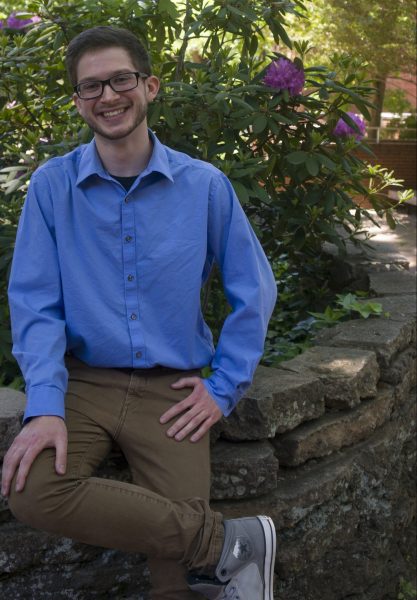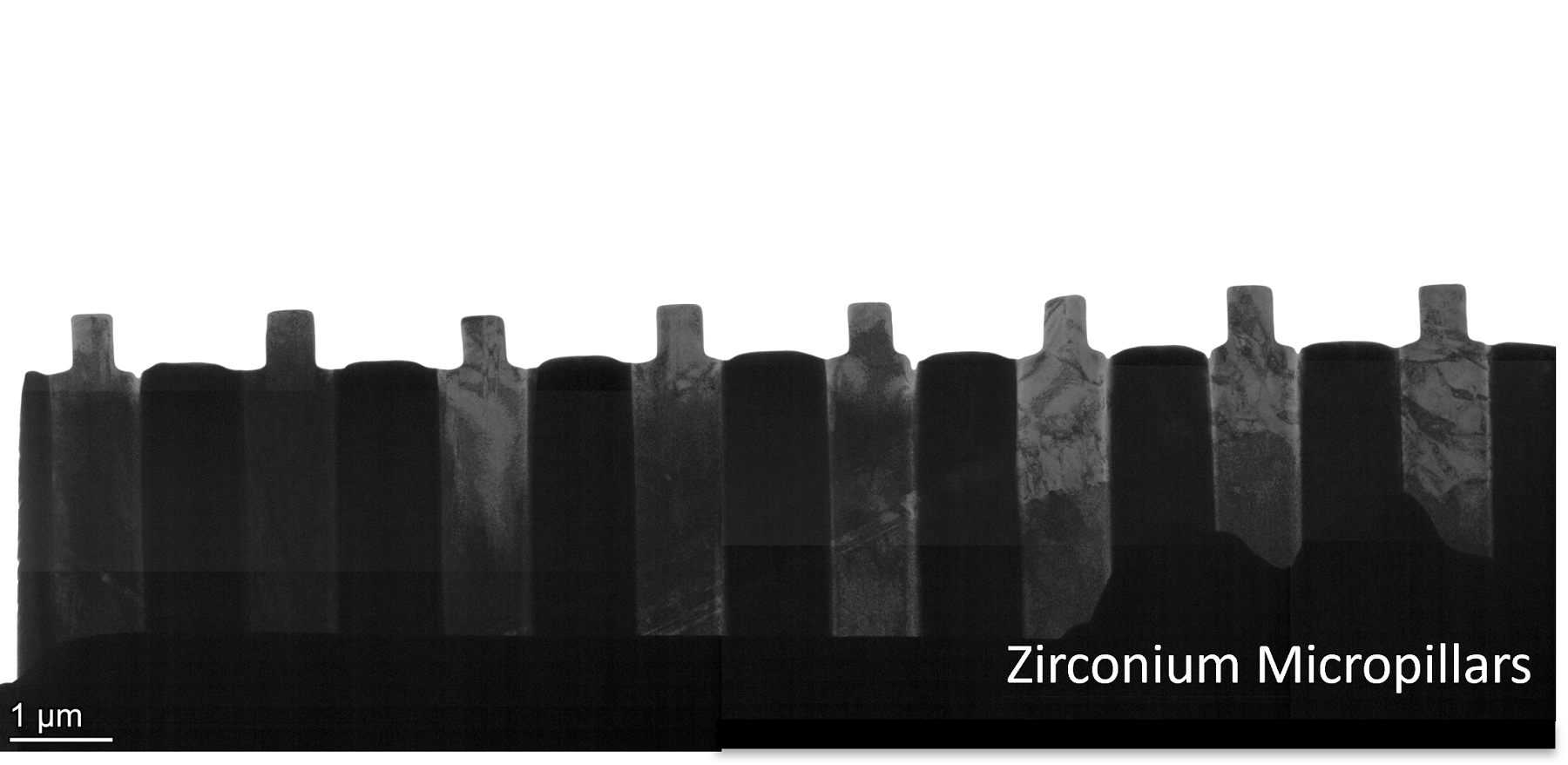
My name is Chris McRobie and I am a graduate student in the ABM program working under Dr. Ge Yang in the Nuclear Engineering department. When I have free time, I enjoy gaming and gardening and playing Dungeons & Dragons when I can get my friends together. After graduate school I hope to contribute to research in a national lab.
I use the FEI Quanta 3D FIB to perform SEM-EDS on samples of various radiation detection materials as well as make electron transparent lift outs from these materials. Using the FEI Talos F200X, I also look at the chemical composition and the thickness of thin film samples of detector materials made by our group. Being able to make so many useful samples from a bulk sample is incredibly useful in the experimental setting and using tools such as chemical mapping to look at the concentration of chemicals in a sample can tell you a lot of useful information.
What instruments are you using for your research and why do you like them?
I use the FEI Quanta 3D FIB and Helios 5 Hydra DualBeam pFIB to create sets of micropillars in electron transparent lift outs of bulk materials. These pillars are then analyzed and compressed in the FEI Talos F200X. Being able to make so many useful samples from a bulk sample is incredibly useful in the experimental setting and using tools such as chemical mapping to look at the concentration of chemicals in a sample can tell you a lot of useful information.
What have you been researching and how is it impacting the community?
My research has focused on the material properties of anisotropic materials, such as zirconium, and how these properties change when subject to a radiation field. This is done by performing compression tests on micropillars in the TEM and generating stress versus strain curves from the data. The data is then used to help validate computer models being generated by collaborators at INL. Since the environment inside a nuclear reactor is subject to high temperatures and radiation fields, multiple tests are performed at varying temperatures on samples that have been irradiated to varying degrees. Understanding this response is incredibly useful in both the design of new reactors and in extending the life of current reactors that can be used for conducting valuable research and for safely generating power with zero greenhouse gas emissions.

Ultimately, my research seeks to collected experimental data over a large range of temperatures and radiation doses so that the material properties of zirconium under various reactor conditions can be more accurately modeled, improving the designs and reducing the cost of future reactor construction and current reactor life extension.
What have you learned from your experience at AIF?
AIF has shown me the vast amount of information you can gather about a material by observing it on such a small scale. I’ve also learned many different approaches to characterization which have been incredibly helpful in many different situations.
Best thing about AIF in 5 words or less?
Helpful staff and helpful facilities
Is there a staff member at AIF that has helped you?
The AIF staff members I have interacted with have been incredibly helpful and kind as I have used the facilities. In particular, I would like to thank Chris Winkler, Roberto Garcia, and Fred Stevie for their assistance in training me on the various instruments I use at the AIF. They have been responsive and helpful whenever I have had any issues or have been unsure on a certain procedure.